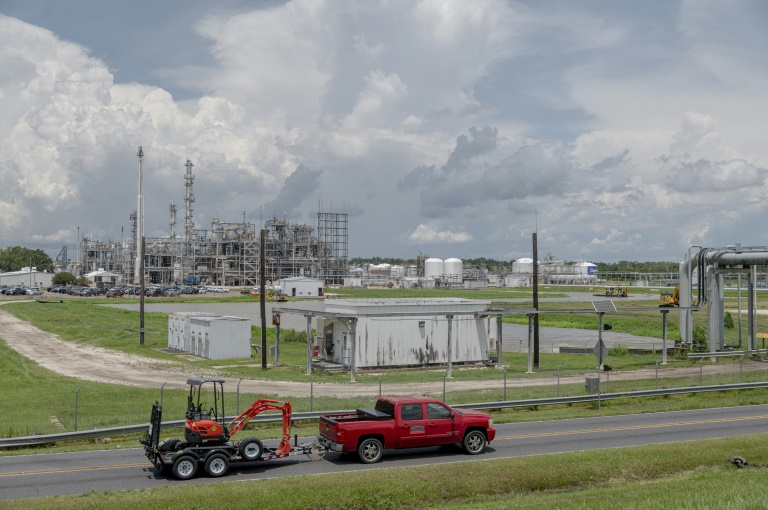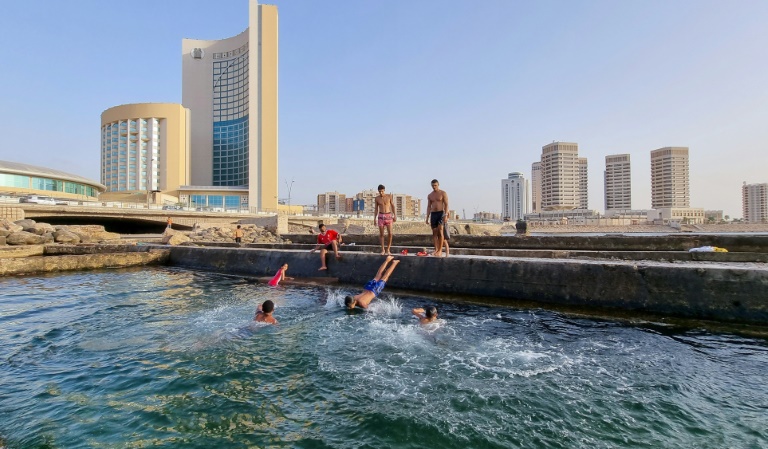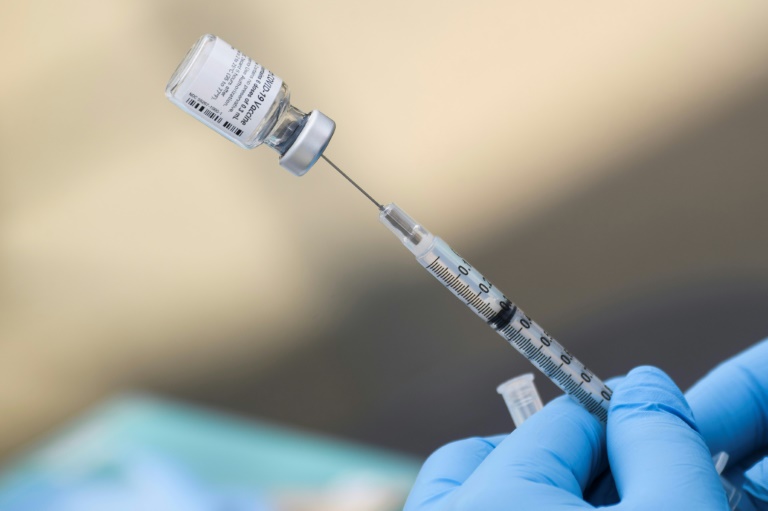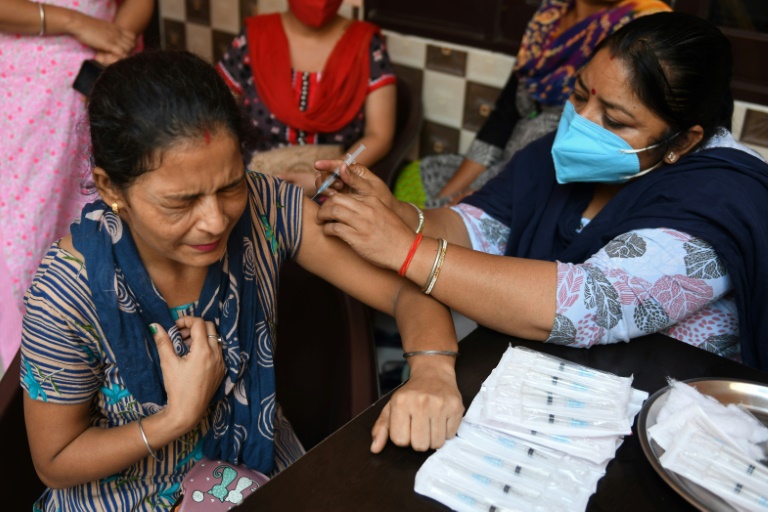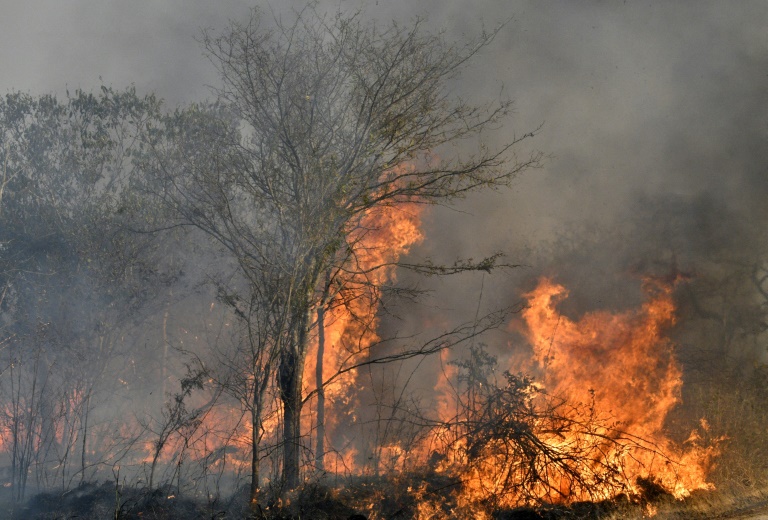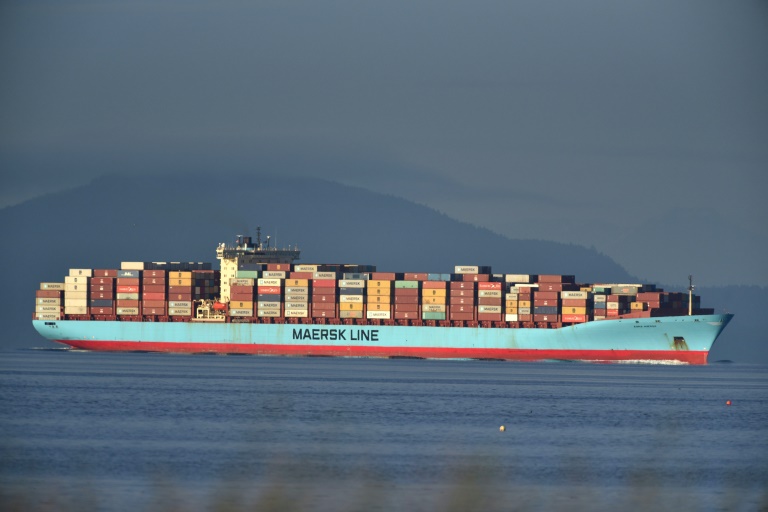Mountain biking rivals skiing in Austria as Alps warm
A village in the Austrian Alps known for its family-friendly ski resort has been forced to adapt to waning snow due to climate change, turning to a new downhill sport — mountain biking.
Bikers as young as three ride over landscaped jumps and curved forest trails, breathing new life into Sankt Corona am Wechsel, around an hour’s drive from Vienna, and offering a model for other struggling resorts.
“We used to be a 100 percent winter destination. Now, we have to think about climate change, and summers are booming,” said Karl Morgenbesser, who runs the adventure park in Sankt Corona.
As the coronavirus pandemic increases enthusiasm for outdoor activities, many Austrians hope mountain biking and other summer sports can make up for winter losses in the Alpine nation, where skiing accounts for around three percent of the GDP.
Nearly a month of snow cover has been lost in the Alps at low and medium altitude in half a century, according to a March study published in The Cryosphere scientific journal.
And a recent report by the UN’s Intergovernmental Panel on Climate Change (IPCC) found that in the Alps the snow cover will decrease in areas below 1,500 metres (5,000 feet) throughout the 21st century.
– Lift pulls bikers up –
Situated at an altitude of nearly 900 metres, Sankt Corona dismantled its winter infrastructure in 2014 after years of losses as annual visitor numbers fell to 25,000 from 70,000 some 20 years earlier.
A rollercoaster-like summer toboggan and climbing space soon opened, but the 400-resident village’s fortunes truly turned when it devised a network of mountain-biking trails.
While most mountain biking destinations boast steep slopes, Sankt Corona’s undulating trails suit professionals as well as children relying on training wheels, and now draw about 130,000 visitors per season.
“We really like to come here as a family,” said 33-year-old Lisa Goeschl, who used to ski in Sankt Corona as a child and whose husband is an avid mountain biker.
“I think summer is a bigger hit with people (than winter) because there are so many activities on offer.”
This June, a new T-bar lift — which pulls bikers up the slope — opened, as a shuttle bus service taking riders to the top could no longer keep up with demand.
“I wanted the T-bar lift to be as simple as possible,” Simon Hanl, a local mountain biker who conceived the system to pull up the bikers, told AFP.
– ‘Inspirational’ –
Former snowboard instructor Morgenbesser hosts delegations from some of the world’s biggest ski resorts, curious to see how the tiny, low-lying village has adapted so well to a possibly snowless future.
“It’s extremely inspirational,” said Marlene Krug, in charge of bike development in Saalbach, Austria, which frequently hosts mountain biking world cup races, and has now modelled part of its kids’ area after Sankt Corona’s.
Ski resorts first reacted to the lack of snow by investing to make it artificially.
But temperatures have become so warm that resorts across the Alps will have to look into other options, says Robert Steiger, a University of Innsbruck expert on the impacts of climate change on tourism.
“Diversifying into summer is necessary for all of them, and mountain biking is definitely something everyone’s interested in,” Steiger says.


